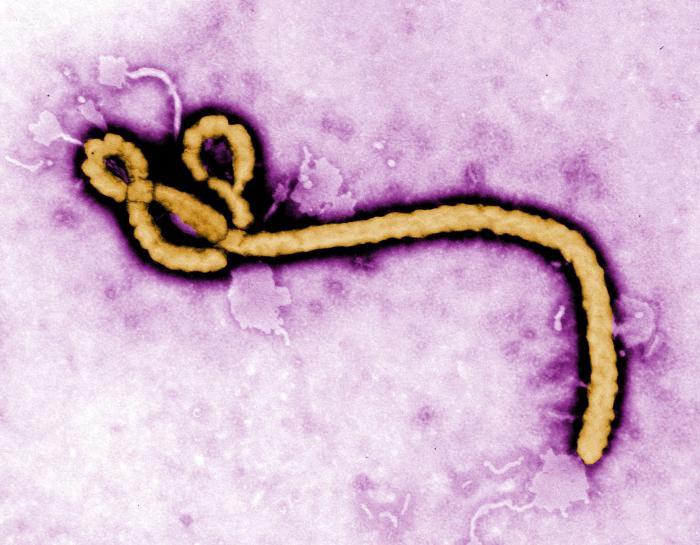5 Things You Should Know About Ebola

An outbreak of Ebola that began in early 2014 has become the largest in history, mostly affecting Guinea, Liberia and Sierra Leone. Here are five things you should know about this virulent and often deadly infection:
What is Ebola?
Ebola, officially known as Ebola hemorrhagic fever, is a severe disease caused by the Ebola virus that was first recognized in Africa in 1976.
Early symptoms can include fever, headache, joint and muscle aches, sore throat and weakness, followed by diarrhea, vomiting and stomach pain, according to the Centers for Disease Control and Prevention. In some cases, the disease causes rashes, red eyes, hiccups and internal and external bleeding, the CDC says.
Up to 90 percent of people who are infected with Ebola die from it, according to the National Institutes of Health.
Outbreaks have occurred in African countries, including the Democratic Republic of the Congo, Gabon, Sudan, the Ivory Coast, Uganda and the Republic of the Congo, and now Guinea, Sierra Leone and Liberia, the CDC says.
How is it transmitted?
Get the world’s most fascinating discoveries delivered straight to your inbox.
Humans are not the natural hosts of the Ebola virus, and it's believed that the first person in any outbreak became infected through contact with an infected animal, the CDC says. Animals that are reported to have spread disease to humans include chimpanzees, gorillas, forest antelopes and cynomolgus monkeys, according to the World Health Organization. Once one person has become infected, the disease can spread from person to person through contact with the blood, saliva, mucus or other secretions. In the countries where Ebola has occurred, the disease is frequently spread in health care settings to workers who have had contact with patients and do not wear protective clothing or masks, the CDC says. Re-use of contaminated needles can also spread the disease.
Researchers still do not know where Ebola naturally resides. Studies have shown bats can be infected with the virus and survive without symptoms of disease, according to the WHO. Some have speculated bats play a role in maintaining the virus in nature, the WHO says.
How many people have been infected?
Since Ebola was discovered, nearly 4,000 cases and more than 2,400 deaths have been reported, according to the WHO. (This includes the current outbreak in West Africa).
Has there ever been an outbreak in the United States?
Ebola has not caused disease in the United States. In 1990, several researchers in Virginia and Texas became infected with a type of Ebola virus from contact with imported monkeys, the CDC says. However, the type of Ebola in these cases, now called Ebola-Reston, did not cause symptoms in humans, although it was fatal in monkeys.
Is there a cure?
No. Patients with Ebola are treated with supportive therapy, which includes balancing their fluids, maintaining their oxygen levels and blood pressure, and treating them for any complicating infections, the CDC says.
This story was provided by MyHealthNewsDaily, a sister site to LiveScience. Follow MyHealthNewsDaily on Twitter @MyHealth_MHND. We're also on Facebook & Google+.



